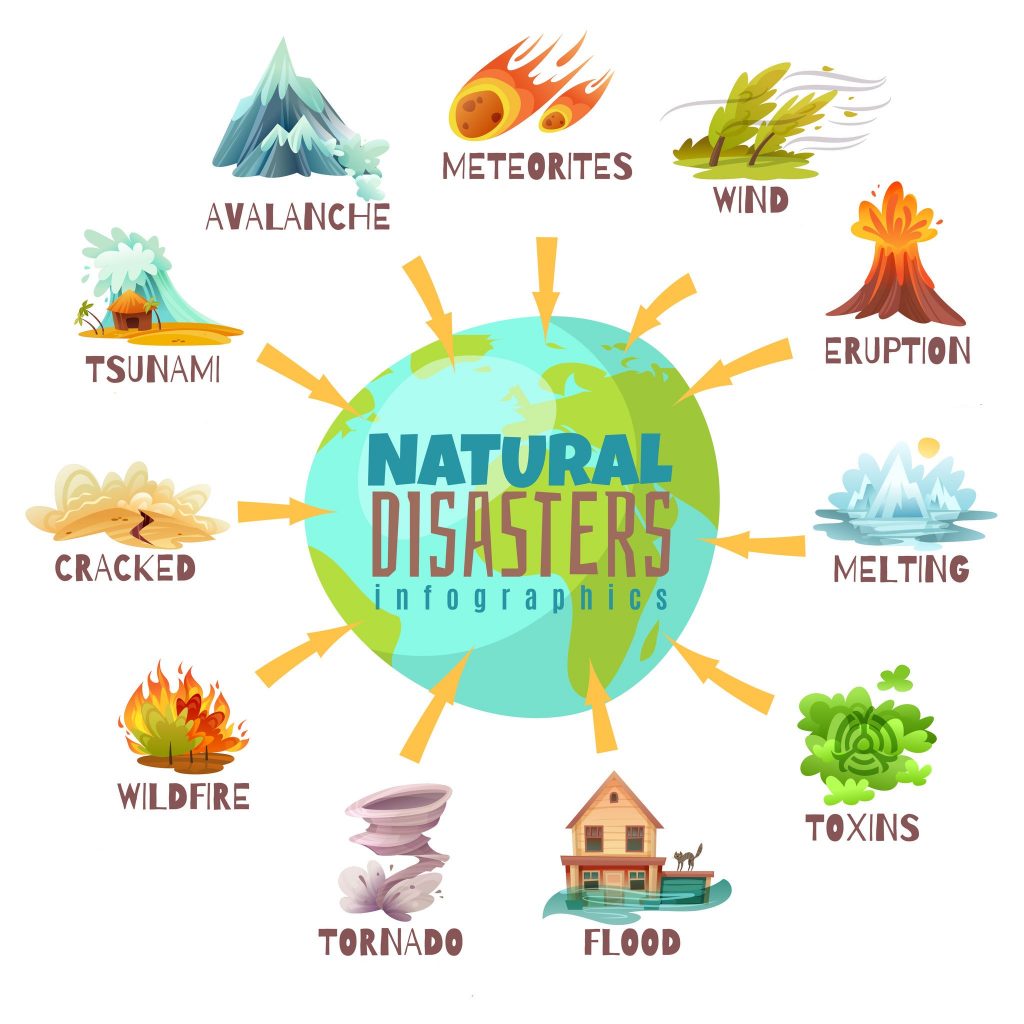A natural disaster is an event resulting from Earth processes. These can include floods, cyclones, tornadoes, volcanic eruptions, earthquakes, tsunamis, storms, and in Australia drought and bushfires.

Natural disasters in Australia can include heatwaves, bushfires, droughts, floods, severe storms and tropical cyclones, earthquakes, tsunamis and landslides.
Here are 10 of the worst natural disasters in Australian modern history.
- Cyclone Tracy 1974.
- Newcastle Earthquake 1989.
- Victoria Bushfires, Black Saturday 2009.
- Brisbane Floods 1974.
- Queensland Floods 2010–2011.
- Tasmania Fires 1967.
- Ash Wednesday Bush Fires 1983.
- Black Friday Fires, Victoria 1939.
- Hunter Valley Floods 1955
- Meckering Earthquake 1968
Bushfires
Australia, a land of striking contrasts and unparalleled beauty, is also a country where the harshness of nature often manifests in devastating ways. Among the most destructive and terrifying natural phenomena that plague Australia are bushfires. These fires, which rage through the Australian landscape with ferocious intensity, have become almost synonymous with the country’s hot, dry summers.
Droughts
Australia is no stranger to the harsh realities of drought. These prolonged dry spells are a recurring feature of the Australian climate, with significant impacts on the environment, economy, and society. Let’s delve into the causes, impacts, and potential solutions to droughts in Australia.
Earthquakes
An earthquake happens when two blocks of the earth suddenly slip past one another. Earthquakes are the vibrations caused by rocks breaking under stress. The underground surface along which the rock breaks and moves is called a fault plane.
Floods
Australia is often perceived as a sunburnt country of sweeping plains and rugged mountains, surrounded by beautiful oceans. Australia is also highly susceptible to flooding which poses a significant threat to lives, property, and the environment.
Storms
Australia faces some of the most formidable weather patterns on the planet. Storms stand out for their intensity and frequency, affecting the country’s environment and its inhabitants. What are the different types of storms that occur in Australia, their causes, their impacts, and how we adapt to these natural phenomena.
Tsunami
A tsunami is a series of waves in a water body caused by the displacement of a large volume of water, generally in an ocean or a large lake. Earthquakes, volcanic eruptions and other underwater explosions above or below water all have the potential to generate a tsunami.
Volcanic Eruption
A volcano eruption occurs where there is a break in the earths crust, hot lava, volcanic ash, and gases escape from a magma chamber below the surface. Volcanic Eruptions have been releasing molten rock, hot ash, and gas since Earth formed billions of years ago.

